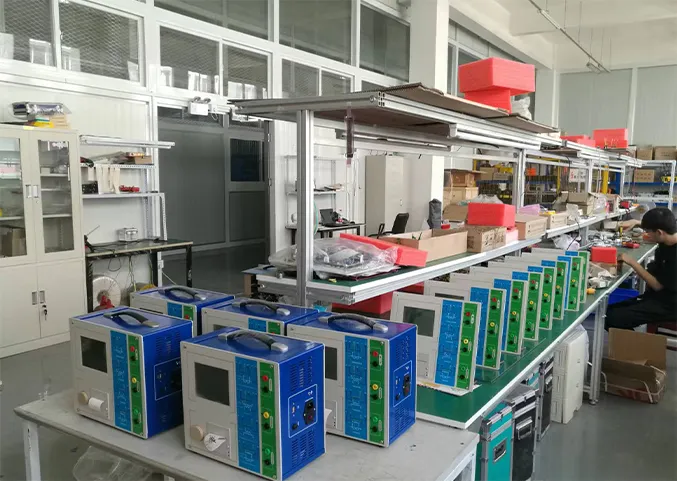 English
English



-
 Afrikaans
Afrikaans -
 Albanian
Albanian -
 Amharic
Amharic -
 Arabic
Arabic -
 Armenian
Armenian -
 Azerbaijani
Azerbaijani -
 Basque
Basque -
 Belarusian
Belarusian -
 Bengali
Bengali -
 Bosnian
Bosnian -
 Bulgarian
Bulgarian -
 Catalan
Catalan -
 Cebuano
Cebuano -
 China
China -
 China (Taiwan)
China (Taiwan) -
 Corsican
Corsican -
 Croatian
Croatian -
 Czech
Czech -
 Danish
Danish -
 Dutch
Dutch -
 English
English -
 Esperanto
Esperanto -
 Estonian
Estonian -
 Finnish
Finnish -
 French
French -
 Frisian
Frisian -
 Galician
Galician -
 Georgian
Georgian -
 German
German -
 Greek
Greek -
 Gujarati
Gujarati -
 Haitian Creole
Haitian Creole -
 hausa
hausa -
 hawaiian
hawaiian -
 Hebrew
Hebrew -
 Hindi
Hindi -
 Miao
Miao -
 Hungarian
Hungarian -
 Icelandic
Icelandic -
 igbo
igbo -
 Indonesian
Indonesian -
 irish
irish -
 Italian
Italian -
 Japanese
Japanese -
 Javanese
Javanese -
 Kannada
Kannada -
 kazakh
kazakh -
 Khmer
Khmer -
 Rwandese
Rwandese -
 Korean
Korean -
 Kurdish
Kurdish -
 Kyrgyz
Kyrgyz -
 Lao
Lao -
 Latin
Latin -
 Latvian
Latvian -
 Lithuanian
Lithuanian -
 Luxembourgish
Luxembourgish -
 Macedonian
Macedonian -
 Malgashi
Malgashi -
 Malay
Malay -
 Malayalam
Malayalam -
 Maltese
Maltese -
 Maori
Maori -
 Marathi
Marathi -
 Mongolian
Mongolian -
 Myanmar
Myanmar -
 Nepali
Nepali -
 Norwegian
Norwegian -
 Norwegian
Norwegian -
 Occitan
Occitan -
 Pashto
Pashto -
 Persian
Persian -
 Polish
Polish -
 Portuguese
Portuguese -
 Punjabi
Punjabi -
 Romanian
Romanian -
 Russian
Russian -
 Samoan
Samoan -
 Scottish Gaelic
Scottish Gaelic -
 Serbian
Serbian -
 Sesotho
Sesotho -
 Shona
Shona -
 Sindhi
Sindhi -
 Sinhala
Sinhala -
 Slovak
Slovak -
 Slovenian
Slovenian -
 Somali
Somali -
 Spanish
Spanish -
 Sundanese
Sundanese -
 Swahili
Swahili -
 Swedish
Swedish -
 Tagalog
Tagalog -
 Tajik
Tajik -
 Tamil
Tamil -
 Tatar
Tatar -
 Telugu
Telugu -
 Thai
Thai -
 Turkish
Turkish -
 Turkmen
Turkmen -
 Ukrainian
Ukrainian -
 Urdu
Urdu -
 Uighur
Uighur -
 Uzbek
Uzbek -
 Vietnamese
Vietnamese -
 Welsh
Welsh -
 Bantu
Bantu -
 Yiddish
Yiddish -
 Yoruba
Yoruba -
 Zulu
Zulu
Assessment of Insulation Resistance in Power Transformer Testing Procedures
Insulation Resistance Test of Power Transformers
Power transformers are essential components of electrical power systems, serving to step up or step down voltages for efficient transmission and distribution. Given their critical role, ensuring the reliability and safety of these devices is paramount. One vital aspect of transformer maintenance is the insulation resistance test, which assesses the condition of the insulating materials within the transformer.
The insulation in a transformer separates the conductive parts from each other and from the ground. Over time, various factors such as moisture, temperature fluctuations, electrical stress, and contamination can degrade the insulation, leading to possible failures. The insulation resistance test is a routine procedure that helps in identifying potential insulation breakdowns before they manifest into significant faults.
During the insulation resistance test, a megohmmeter, or insulation resistance tester, is used to apply a voltage (typically between 500 and 5000 volts) to the insulation system. The test measures the resistance between the windings of the transformer and between the windings and the ground. The values obtained can reveal the overall health of the insulation.
insulation resistance test of power transformer

A high insulation resistance value is an indicator of good insulation quality, typically in the range of several megohms or more. If the resistance values are low, it suggests the presence of moisture, chemical contamination, or physical damage, which can compromise the insulating material. Most standards, such as those from the Institute of Electrical and Electronics Engineers (IEEE) and the International Electrotechnical Commission (IEC), provide guidelines on acceptable insulation resistance levels for power transformers.
For transformers, insulation resistance is not only a measure of current condition but can also indicate trends over time. Regular testing allows operators to track changes in insulation resistance, helping to predict the remaining life of the transformer and to plan maintenance activities accordingly.
Moreover, the insulation resistance test should be part of a broader maintenance program. It should complement other diagnostic tests such as power factor testing, partial discharge analysis, and thermal imaging, providing a more comprehensive understanding of the transformer’s health.
In conclusion, the insulation resistance test is a crucial diagnostic tool for maintaining power transformers. It aids in ensuring the longevity and reliability of these vital components of electrical infrastructure, enhancing overall system performance and safety. By regularly conducting insulation resistance tests, operators can proactively manage transformer health, ultimately leading to reduced downtime and maintenance costs.
-
Testing Equipment Industry Sees Major Advancements in 2025: Smart & Precision Technologies Lead the WayNewsJun.06,2025
-
Applications of Direct Current Generators in Renewable Energy SystemsNewsJun.05,2025
-
Hipot Tester Calibration and Accuracy GuidelinesNewsJun.05,2025
-
Digital Circuit Breaker Analyzer Features and BenefitsNewsJun.05,2025
-
Benefits of Real-Time Power Quality Monitoring Devices for Industrial EfficiencyNewsJun.05,2025
-
Earth Fault Loop Testing in High-Rise Building Electrical SystemsNewsJun.05,2025



